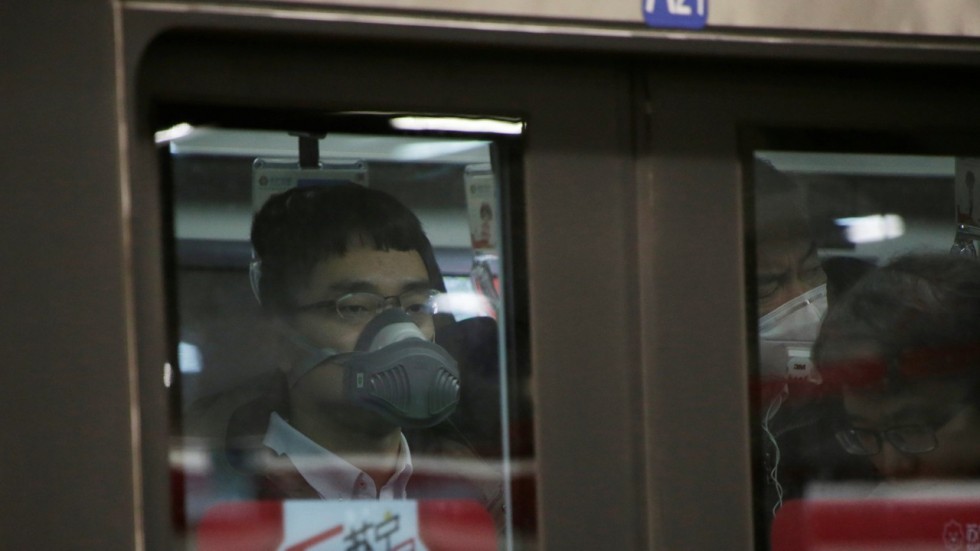
Beijing's subway will install face and palm scanners
While you have to swipe your Metro card with precise timing in NYC, Beijing Subway will scan you!
I love the New York City Subway for its old-world charm and the grunginess that you just can’t get anywhere else. Ah, those archaic turnstiles that require you to swipe your Metro card with precise timing... or else.
State media said this new “bio-recognition technology” will potentially allow passengers to get into stations by simply having their face or palm scanned, which will then speed up passenger flow during rush hour.

So if you don’t like to whip out your subway pass or tap out the QR code on your phone, this is good news for you.
Further details regarding how fast and efficient this new system will be -- and what they'll do with that data -- remain unavailable at the present time.

Face-scanning and thumb-scanning is also a common practice at the customs station on the border between mainland China and Hong Kong.
Based on personal experience, it still takes at least 10 seconds to get through the bio-scanners at border control. And at times, the high tech devices leave senior citizens befuddled as to where to look to scan their faces and how to place their thumbs correctly on the scanner. This is an unwanted and common dilemma, which can take around a minute to resolve.
So while facial recognition at subway station sounds futuristic, whether or not scanning will actually be faster than tapping a card remains to be seen.
Beijing enables QR code payment in the subway
For more insights into China tech, sign up for our tech newsletters, subscribe to our Inside China Tech podcast, and download the comprehensive 2019 China Internet Report. Also roam China Tech City, an award-winning interactive digital map at our sister site Abacus.
For more insights into China tech, sign up for our tech newsletters, subscribe to our Inside China Tech podcast, and download the comprehensive 2019 China Internet Report. Also roam China Tech City, an award-winning interactive digital map at our sister site Abacus.

